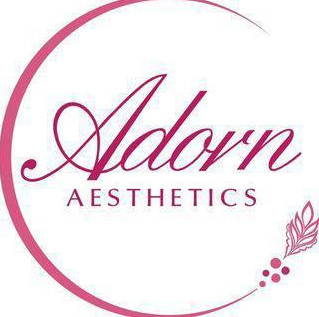Intense Pulse Light (IPL)
Intense pulse light or IPL is a laser treatment that is used to treat skin conditions and remove signs of photoaging like uneven texture, spots, and wrinkles. As one of the most popular non-invasive treatment options out there, it’s no wonder that more and more patients keep coming back for more.
How Many IPL Treatments Will I Need?
Depending on your skin type and your concerns, we usually recommend that patients undergo a series of five treatments that are spaced about four weeks apart. In some instances, we may recommend some additional sessions but we will go over all of that in detail during your initial consultation.
How Long Does Each Session Take?
On average, each session takes about 30-60 minutes but that can vary from patient to patient.
Is IPL Right For Me?
The best way for you to determine whether or not IPL is right for you is by scheduling a consultation with our office. During your consultation we will go over your skin concerns and discuss the different treatment options that you have available to you including IPL.
Does IPL Work On All Skin Types?
Lighter skinned people who don’t use self-tanning products or who do not have a history of excessive tanning respond better to IPL than other patients. However, we will be able to give you a more definitive answer during your consultation.
How Does IPL Work?
IPL works in a similar way that laser works. But how? Like with laser, IPL uses energy that is absorbed into the targeted cells in the skin that have pigmentation. Specifically, when the light energy comes in contact with the skin, it turns into heat energy which causes damage to specific areas of the skin like sun spots or age spots. Once these areas are heated up, the skin responds by creating newer healthier skin in the process.
What Can IPL Treat?
One of the many unique benefits of IPL is that it can be used to treat a variety of different skin concerns including:
- Rosacea
- Facial flushing
- Red chests and necks
- Brown spots
- Sun damage
- Enlarged pores
- Spider veins
What Is Recovery Like?
Typically, the treated areas will be pinkish red with slight swelling. The redness and swelling usually disipates within 24 hours of the treatment depending on the depth being treated. With deeper treatments, swelling and redness may last up to ten days, with the swelling being the worst the morning after treatment. This will subside more each day. Sun spots, age spots, and blemishes will begin to come to the surface of the skin, sometimes looking like coffee grounds. These spots will naturally flake off over the next few days. You may also experience some peeling.
Clients can usually return back to their normal routines within 48 hours. We recommend letting your skin rest 12 hours before applying makeup. Wait 48 hours for saunas, hot steamy showers or baths, strenuous activity or exercise. Avoid any unprotected sun exposure for 30 days.
Are There Side Effects of IPL?
Usually there are no side effects of IPL but some patients may appear to have a sunburn and/ or swelling for a few hours up to ten days after treatment. Other rare side effects of IPL include blistering, unwanted changes in pigmentation, scarring, and infection.
Is IPL Expensive
Depending on the provider that you end up going with, it will determine how expensive it is going to be. Overall, IPL is more affordable than some other treatments.
To learn more about IPL and whether or not it’s a good treatment for you, schedule a consultation appointment at our office today and we will get you taken care of.
